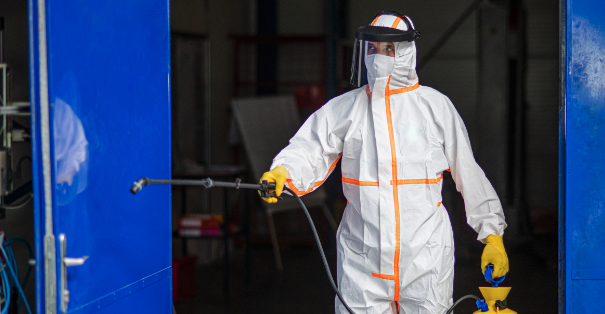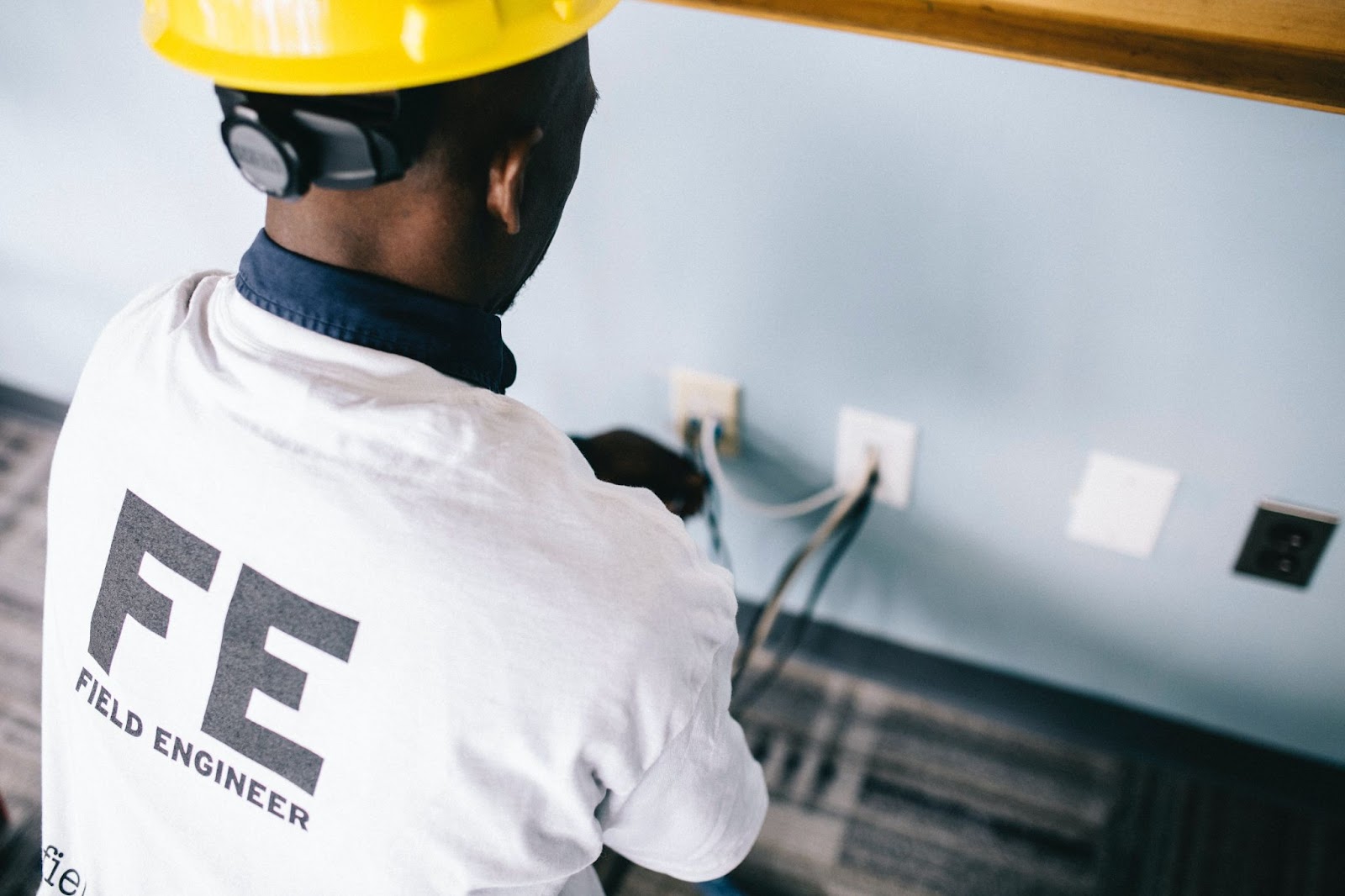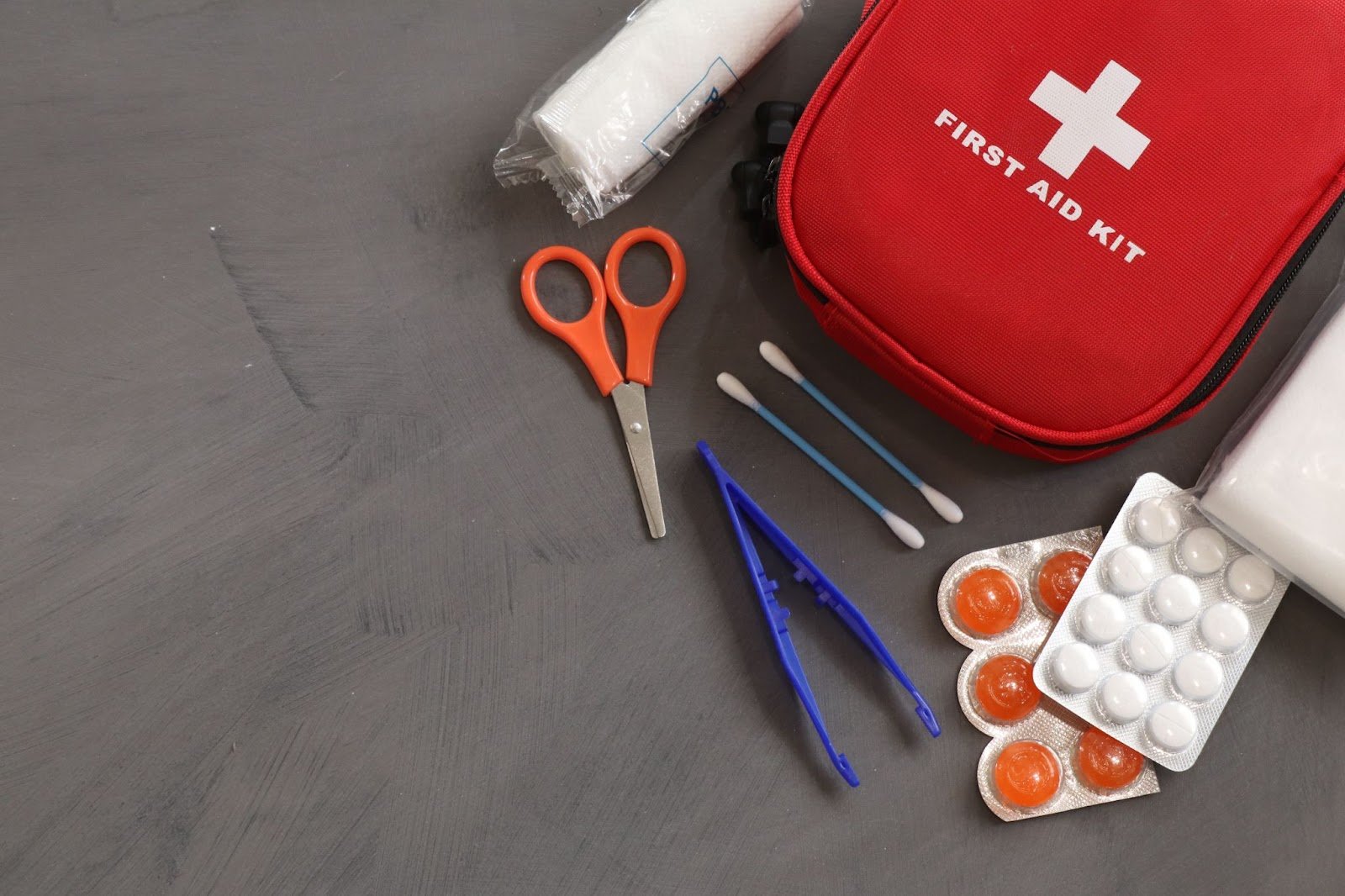SafeDE News
Smarter workplaces are safer workplaces. SafeDE is your resource for OSHA news, regulation changes, recalls, and everything to keep your business safe.
Corrective vs. Preventive Actions: Understanding the Difference
To improve safety in the workplace, OSHA has established guidelines for conducting incident investigations. Looking into the root cause of injuries, illnesses, fatalities, or even close calls, allows employers and workers to identify hazards and develop a plan to improve worker health and safety. These efforts for risk management may include corrective and preventive actions (CAPA), both crucial for preventing future incidents. In this article, we will discuss the differences between these actions and how they are implemented in the workplace.
Difference between Corrective and Preventive Actions
According to ISO 9000:2015, corrective actions respond to workplace incidents that have already occurred to prevent them from happening again. On the other hand, preventive actions are implemented in anticipation of potential risks to prevent accidents before they even occur.
Corrective Actions
The purpose of corrective actions is to fix the root cause of an issue to avoid recurrence. In these situations, the problems have already been identified and the damage they caused must be contained or controlled.
Here are several workplace scenarios where corrective actions are commonly used:
Scenario 1: A worker slips on a wet floor and gets injured.Corrective Action: Identify the cause of the wet floor, such as a leak or inadequate cleaning procedures. Repair the leak and implement stricter cleaning protocols to prevent future incidents.
Scenario 2: Employees experience respiratory issues due to poor air quality.Corrective Action: Investigate the source of poor air quality, such as malfunctioning ventilation or the presence of hazardous materials. Fix or upgrade the ventilation system and ensure proper handling and storage of hazardous materials.
Scenario 3: A worker suffers a repetitive strain injury from using improper lifting techniques.Corrective Action: Assess the work tasks and identify the causes of the injury. Provide training on proper lifting techniques and introduce ergonomic tools or equipment to reduce strain.
Scenario 4: A machine malfunctions, causing a worker to get hurt.Corrective Action: Determine the malfunction's cause, such as poor maintenance or defective parts. Perform necessary repairs, improve the maintenance schedule, and provide training on proper machine operation and safety protocols.
Scenario 5: A construction worker gets cut after using a sharp tool.Corrective Action: Inspect all workplace tools for defects and replace the ones that cannot be restored to proper working condition. Remind workers of the correct procedures for handling and maintaining workplace tools.
Preventive Actions
Preventive actions are solutions implemented to reduce the likelihood of workplace-related problems happening again.
Here are several workplace scenarios where preventive actions are commonly used:
Scenario 1: Ergonomic-related injuries and musculoskeletal disorders are common in the manufacturing industry due to repetitive tasks, awkward postures, and heavy lifting.Preventive Action: Because of the high risk of developing this type of injury, the company established a workstation assessment program and provided ergonomic training to employees.
Scenario 2: Mining operations generate dust that can negatively affect air quality and expose workers to respiratory illnesses.Preventive Action: Install better ventilation systems and conduct regular air quality checks to ensure a healthier working environment.
Scenario 3: The manager has identified cluttered walkways to be a potential hazard in the warehouse.Preventive Action: Establish and enforce a regular cleaning schedule and clear pathways to minimize tripping hazards and enhance overall safety.
Scenario 4: High levels of workplace stress lead to illness and increased absenteeism.Preventive Action: Introduce stress management programs and one-on-one employee check-ins.
Scenario 5: Workers often handle hazardous chemicals without proper protective gear.Preventive Action: Provide comprehensive training on chemical safety and ensure the availability and use of appropriate personal protective equipment (PPE).
CAPA Procedures
To implement corrective and preventive actions, follow these steps:
- Document your findings following research evidence, worker feedback, or incident investigation. Record the results and recommended actions.
- Develop preventive and corrective actions for implementation. Outline how the recommendations will be put into practice.
- Verify completion and ensure that the actions are completed as planned.
- Update the program based on worker response and a re-evaluation of workplace safety. Integrate the actions into the existing safety program.
- Communicate the findings and solutions with workers.
- Monitor effectiveness by tracking and evaluating the effectiveness of the actions.
Corrective and preventive actions contribute to a safer work environment and lead to more efficient operations. Employers have a responsibility to improve health and safety conditions for their employees, which can also help avoid costly downtime, repairs, and legal liabilities. When workers feel safe, it increases trust in management, boosts morale, and improves productivity. Most importantly, when workplace accidents or hazard complaints are met with appropriate responses, there are significantly fewer injuries and fatalities, especially in high-risk industries.
Frequently Asked Questions (FQAs)
What is the difference between corrective and preventive action? Preventive action stops potential issues before they occur, while corrective action fixes existing problems to prevent them from recurring.
What are some examples of preventive action in the workplace? Examples of preventive actions include regular equipment maintenance, ergonomic assessments, safety training programs, and implementing new protocols to mitigate identified risks.
How do you implement corrective and preventive actions effectively? Start by identifying the problem or potential risk. Next, analyze the situation to determine the root cause and assess its potential impact. Develop a strategy to address the issue or mitigate the risk, then proceed to execute the corrective or preventive measures. Finally, review the effectiveness of these actions by monitoring their impact and making any necessary adjustments.
Why is it important to have a procedure for preventive actions? Having a procedure for preventive actions helps organizations systematically identify risks before they result in workplace injury or fatalities. This proactive approach can lead to safer work environments, improved efficiency, decreased legal liability, and cost savings.
What is the purpose of taking preventive action? Taking preventive action aims to anticipate and address potential problems before they occur. The goal is to minimize risks, improve workplace safety, support employee health, and ensure smooth and uninterrupted operations.
Get SafeDE News
Workplace safety for all businesses.
SafeDE provides FREE comprehensive onsite surveys for small and medium sized private sector establishments to identify potential workplace hazards, improve safety and health management systems, and assist in voluntary compliance with federal OSHA regulations.
Related News

Essential PPE for Staying Safe and Comfortable in Hot Work Environments
-1.png)
Essential Tips to Prevent Heat Illness in the Workplace
-1.png)
Crane Hand Signals: Guide to OSHA-Compliant Safety
-1.png)
Tips for Selecting the Right Hard Hat for Electrical Work

The 5 Rules of Effective Incident Reporting

Preventing Arc Flash Injuries: Safety Tips & Prevention
-1.png)
Recognizing Warning Signs of Heat Illness at Work
.png)
GHS Label Requirements for Shipping: Tips and Guidelines
-1.png)



